10+ Live Streaming Apps Using WebRTC

Web Real-Time Communications (WebRTC) has come a long way since its inception as a VoIP protocol meant for lightning-fast peer-to-peer connections. Google initially released WebRTC as an open-source project back in 2011. Since then, developers and streaming service providers have recognized WebRTC’s potential and expanded on its capabilities. As such, it’s found its way into a wide range of applications. Now what may have seemed like a niche and rather limited technology has become a cornerstone of live streaming apps everywhere.
In fact, there’s a good chance you’re already using WebRTC in more ways than one.
In this article, we’ll cover some of the most popular and creative live streaming apps currently using WebRTC to deliver audio and video in real time. Who knows — maybe you’ll get inspired.
Table of contents
Google Hangouts, Google Meet, and Google Duo

OK, this one shouldn’t come as a surprise. In fact, we probably have Google Hangouts and Google Meet to thank for WebRTC in the first place. The story goes that Google had a video conferencing service, but it lacked real-time video streaming capabilities. Google sought to fill this gap by acquiring Global IP Solutions, a VoIP company that had already developed much of the real-time streaming technology that underlies WebRTC. The rest is history.
Google Hangouts came first as Google’s answer to consumer-focused video conferencing. It was followed up with Google Meet, which sought to cater to a more corporate crowd. The latter added the ability to include more participants and voice-to-text translation. Both technologies use WebRTC as the basis for their reliable and highly popular services.
Google Duo was the last to join the Google streaming party. This iOS and Android app is Google’s answer to Facetime and largely meant to make one-on-one video streaming calls more accessible to Google users. It’s not shocking that it also uses WebRTC. After all, Google found something that works — why shouldn’t they make the most of it?
Facebook Messenger, Facebook Live, and Facebook Everything Else
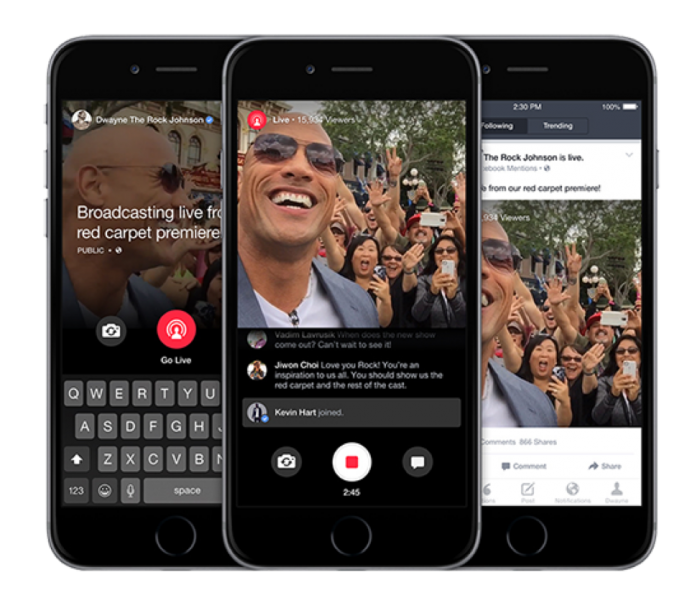
Meta (then Facebook) is another web-based behemoth that makes generous use of WebRTC to power their various live streaming endeavors. But more than that, they also played a strong role in the streaming protocol’s growth in popularity.
Facebook was an early adopter of WebRTC back in 2015 when they incorporated it into their mobile version of Facebook Messenger. Tech companies considered this a bold move at the time and credited with generating broadening interest in the technology. Since then, Facebook has also implemented WebRTC in Facebook Live, VR Chat, Workplace by Facebook, and Instagram Live Video Chat. Even WhatsApp uses some pieces of WebRTC technology in certain parts of their app. Say what you will about the monopolizing entity, they know solid tech when they see it.
Amazon Chime and Kinesis Video Streams

Amazon what now? Yes, Amazon continues to transcend its bookish roots, getting into the live streaming game. Amazon Chime started as an internal video conferencing tool but has since been rolled out to customers as a live streaming app. This tool was not built with WebRTC in mind. However, Amazon recognized the value of the real-time streaming technology and implemented an adapted version of it to support their pre-existing video tools.
While Chime is marketed more as a video conferencing tool, Kinesis Video Streams allows users to playback live and on-demand streams. They can also use it to build applications for video processing and analytics. Amazon includes a fully managed WebRTC implementation as part of this package. When coupled with WebRTC, Kinesis Video Streams can serve as the basis for applications that manage and monitor the entirety of your Amazon smart home suite. Now you can watch your baby fail to sleep through yet another night in real time.
Snapchat
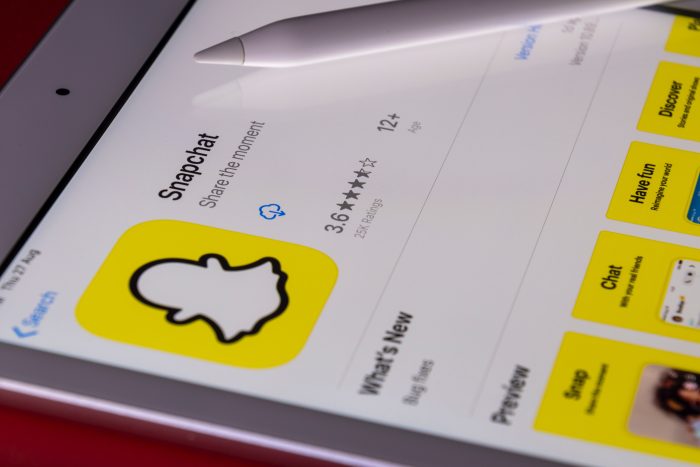
Originally built for sending ephemeral snapshots and short videos, Snapchat soon fell into the same pattern as all other social media platforms. In other words, it needed a little piece of every pie. Snapchat quickly implemented ways to discover new feeds, create stories, and start live video chats.
Just a few years after it was released, Snapchat acquired AddLive, a dedicated WebRTC platform as a service (PaaS) provider. In doing so, it introduced WebRTC to its workflow. Thankfully, it allowed AddLive to continue supporting its old WebRTC-enjoying customers, including ReGroup (now Array) and Peloton, both of which are included in this list.
Discord

Originally developed as a messaging platform for gamers, Discord has expanded its reach to include a more general audience. It now houses some 300 million registered users, 140 million of which are active. Discord allows users to communicate via text and voice in group and one-on-one sessions, using WebRTC and a low-latency language called Elixir to establish and maintain these sessions.
While Discord now acts as a platform for people with similar interests to find each other, form groups, and communicate, its low-latency delivery is still of most benefit to gamers. Teams of gamers can start a live group voice chat that runs seamlessly even as they boot up a resource-demanding game. So if you get KO’d from behind despite dire warnings from your team, you have no one to blame but yourself.
TellyBean
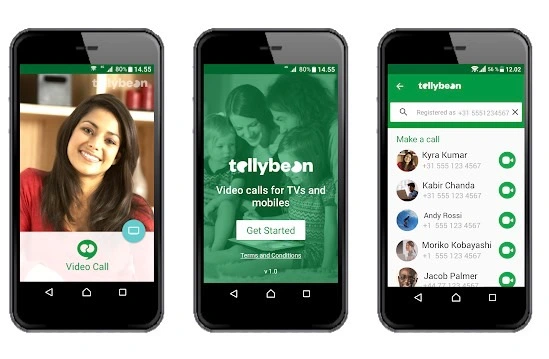
Turn your smart TV into a video conferencing device with TellyBean. This adorably named live streaming app basically gives your television all the functionality of your Zoom-enabled laptop but on a larger screen and with more comfortable seating. Gone are the days of trying to squeeze four faces into a single frame or attempting to view a gallery of a dozen relatives, all on tiny, crowded cubes. TellyBean allows you to project from and on your TV, making holiday Zoom calls infinitely more intimate (and tolerable).
Of course, TellyBean wasn’t the first to try this. Skype had already been playing around with this concept. In fact, Skype served as the basis for TellyBean’s solution until they decided to stop supporting third-party applications. TellyBean needed to fill the gap and found just the technology to do it: WebRTC.
Peloton Cycle
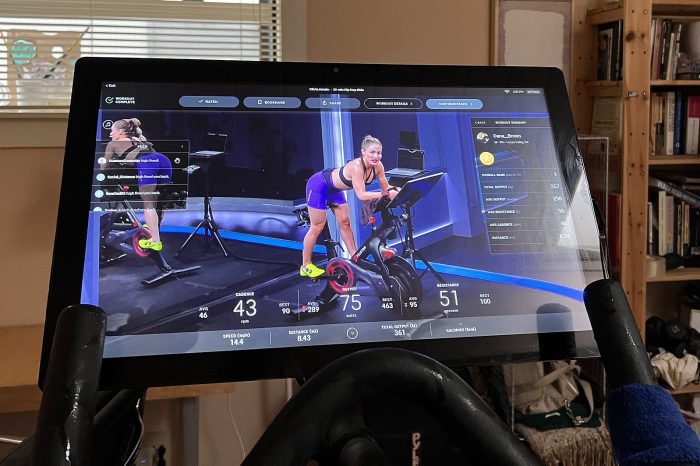
You may know Peloton from its somewhat socioeconomically tone-deaf ad campaigns. The internet went wild poking fun at cycles in heavenly settings known only to millionaires and characters from teen dramas. However, if you think about what they were trying to accomplish, the setting was kind of the point.
Peloton’s ultimate purpose is to combine the benefits of going to a gym with the benefits of, well, NOT going to a gym. In other words, you get the motivation and social engagement of an in-person spin class with the comfort and convenience of home fitness. They accomplished this by broadcasting live from their New York City studio to individual cyclists across the country (and now the globe). They also provided video chat functionality so you can catch up with your Peloton friends while you work out.
Those behind Peloton were quite the visionaries when it came to understanding the potential that real-time interactive video can have. They were early adopters of the WebRTC behind their necessarily low-latency experience. In fact, they were among the very first to utilize the technology outside of a browser. Thanks to this innovative foresight, we can all enjoy a stationary bike on our verandas, in our conservatories, or, if we’re being honest, in the corner of our garages while we sweat in real time.
ZenDesk
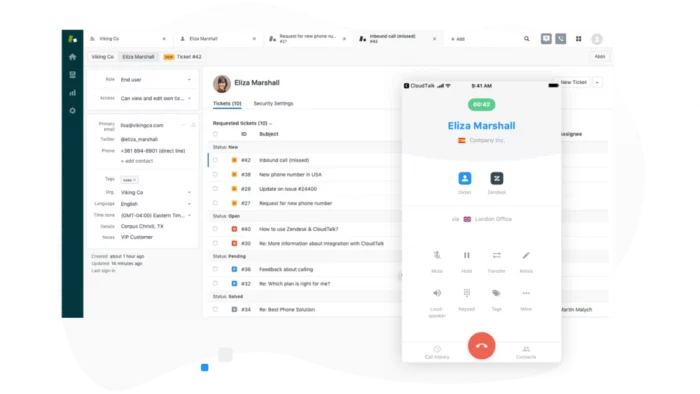
When ZenDesk realized that some 80% of its customers were using old-fashioned call-centered customer service in addition to their ZenDesk application, they spotted an opportunity to give customers a more comprehensive solution with more advanced technology. Turns out everything old is new when you make it lightning fast.
This popular customer support platform uses WebRTC for live call center functionality on top of a more text-oriented approach (messaging and email). Most importantly, it makes it possible for representatives to toggle seamlessly between these options. In short, Zendesk combines new technology with traditional customer support methods for a well-rounded customer service experience.
Array Behavioral Care

Less conventional methods for seeking mental health support have been cropping up in greater numbers, particularly since the pandemic and notable success of BetterHelp and TalkSpace, both online therapy portals. These services rely on video and chat functionality to give people much-needed services and have helped to normalize telehealth as a valid avenue for mental healthcare.
Array Behavioral Care may not have the same name recognition as BetterHelp, but it brands itself the “leading and largest telepsychiatry service provider in the country,” a claim backed up by its 20+ years in the industry. Array is built from a merging of ReGroup and InSight, the former of which implemented WebRTC in their mission to provide integrated telehealth and telepsychiatric care. Whether the newly branded Array plans to continue utilizing WebRTC remains to be seen. But one thing is clear, the importance of timely and reliable communication in a telehealth setting means WebRTC will always have a home there.
HouseParty: An Honorable Mention
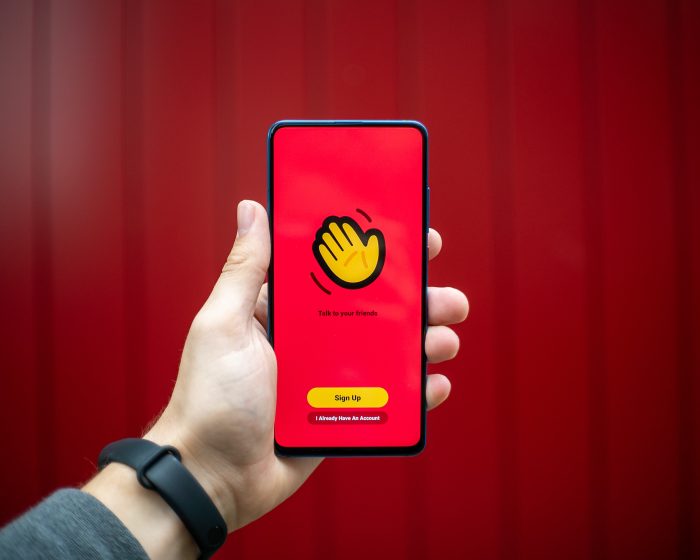
True to its name, this live streaming app sought to connect people in group video chats using WebRTC to facilitate real-time video. This mobile-only app was hugely popular among teenagers, especially since the pandemic collectively grounded them for over a year.
So why are we talking about it in the past tense? Just before the pandemic, Epic Games (of Fortnite fame) acquired HouseParty only to announce that it was discontinuing the app this time last year, claiming that it wasn’t sustainable. It’s possible the app was losing general appeal. It’s also possible the Epic Games’ bid to outperform Discord as the gamer communication platform of choice fell flat.
Conclusion
So, if you’ve been hearing a lot about WebRTC and wondering why you should care, that’s because it’s in your phone, your Instagram feed, even your bicycle (so to speak). It’s silently becoming the norm with its unparalleled speed. In some ways, you might say, adopting WebRTC for your streaming solution isn’t about staying ahead of the curve. It’s about not falling behind as more and more companies embrace real-time interactive streaming.
What’s your real-time streaming idea and what are you waiting for?




